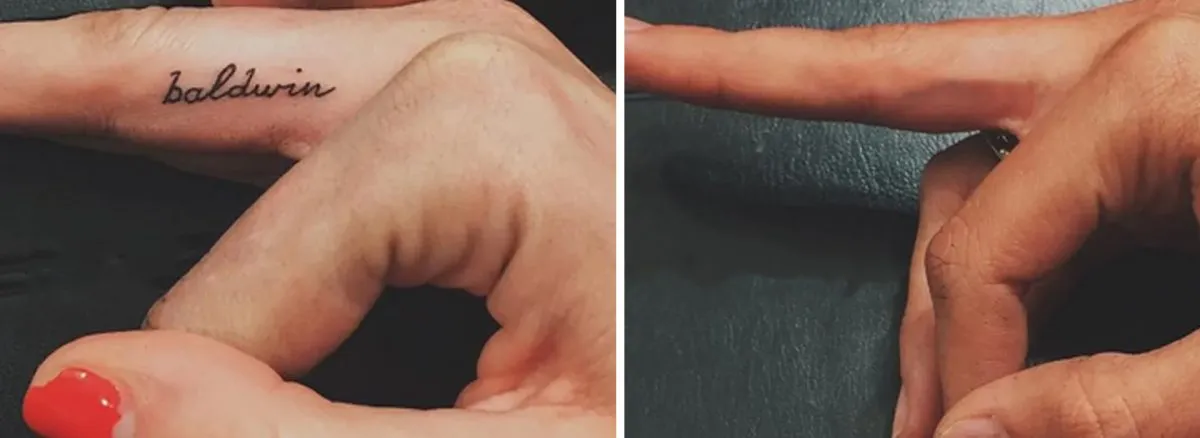.avif)


.avif)


Initial Care: Keep the treated area clean, dry, and properly bandaged in the first few days. Avoid touching the wound with unwashed hands and follow all wound care instructions to reduce infection risk.
Pain Management: Some tenderness or soreness is expected after surgery. Use over-the-counter pain relief like paracetamol or ibuprofen, and avoid aspirin unless advised by your doctor.
Cleaning and Dressings: Gently cleanse the area as directed, apply prescribed ointments, change dressings regularly, and avoid swimming or soaking to prevent bacterial exposure.
Warning Signs: Watch for increased redness, swelling, warmth, discharge, or fever—these may signal complications and need prompt medical attention.
Physical Activity: Avoid strenuous activity that may strain the surgical site. Gradually reintroduce exercise once healing is underway to protect sutures and support results.
Sun Protection: Use high-SPF sunscreen or cover the area to prevent darkening or scarring from UV rays—especially important during the first few months post-surgery.
Ongoing Care: Follow all aftercare instructions, use moisturising or silicone-based scar treatments, gently massage the area after healing, eat a nutrient-rich diet, stay hydrated, and avoid smoking to support optimal cosmetic results.

